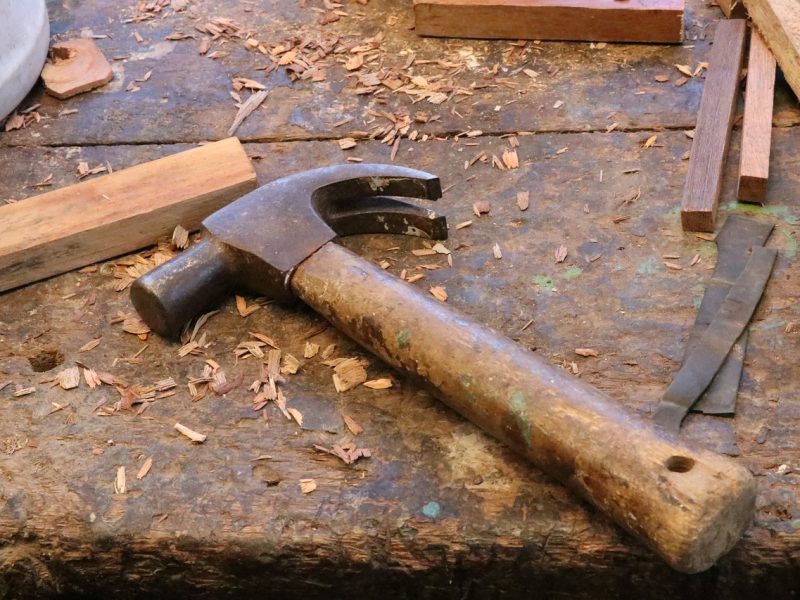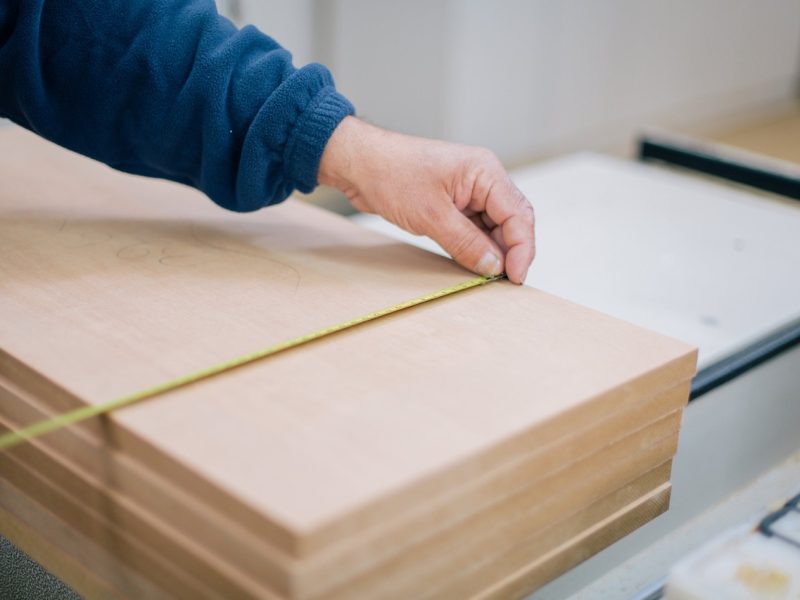Woodworking is a timeless craft that blends artistry with precision to create functional and beautiful objects.
Accuracy is key in carpentry; even slight blunders in estimations or cuts can think twice about nature of the last piece. Dominating fundamental strategies permits you to work with exactness, guaranteeing that every part fits impeccably. Likewise, picking the right joinery technique guarantees that your pieces stay steady, even with incessant use.
To make effective ventures, understanding the center carpentry techniques is fundamental. These procedures include dealing with apparatuses appropriately, making exact cuts, and getting ready wood for get together. Every technique adds to the effectiveness and nature of your work.
Exact estimating and stamping are the most vital phases in carpentry. Utilizing instruments like estimating tapes, rulers, and squares assists you with accomplishing exact aspects. Checking instruments, like pencils, chalk, or stamping blades, permit you to draw rules on wood.
Figuring out how to make exact cuts with apparatuses, for example, hand saws, roundabout saws, or jigsaws is fundamental for making great fitted parts. Practice with these instruments fosters a consistent hand and guarantees cleaner cuts.
Planing and smoothing wood readies the surface for joinery and wrapping up. Planing eliminates overabundance wood and levels out unpleasant surfaces, while sanding gives a smooth, finished finish. Utilizing a hand plane or electric planer permits you to accomplish uniform thickness.
Penetrating openings is a fundamental strategy for joinery and appending equipment. Power drills, drill presses, and hand drills make making openings simple and exact. Appropriate penetrating guarantees precise position for screws, dowels, or fasteners.
Joinery is the strategy of interfacing at least two bits of wood to shape a solid, stable construction. The sort of joint utilized relies upon the undertaking’s motivation, toughness necessities, and stylish objectives. Different joinery techniques make various degrees of solidarity and steadiness, each appropriate for explicit sorts of activities.


Fundamental joints are easy to make and appropriate for amateurs. They give adequate solidarity to most little undertakings and are valuable in learning the essentials of carpentry.
The least difficult kind of joint, where two bits of wood are joined start to finish or edge-to-edge. While it's not difficult to make, it needs strength, so support with screws, nails, or dowels is suggested.
In a lap joint, two bits of wood cross-over one another. It gives more strength than a butt joint and is much of the time utilized in outlining and underlying work. Lap joints can be made in various ways, like half-lap or cross-lap, contingent upon the plan.
A miter joint joins two pieces at a point, generally 45 degrees, making a consistent corner. This joint is outwardly engaging and frequently utilized for photo placements and trim work, however it requires support for sturdiness.

A dado joint is an opening cut into one piece of wood to oblige another. It's normally utilized in racking and cabinetry, as it gives areas of strength for a, association that opposes sidelong development. Cutting a dado requires accuracy, yet it adds significant solidarity to the last construction.
Carpenters frequently mean to join wood without apparent equipment to improve the stylish nature of their ventures. In these cases, certain joinery methods consider solid, clean associations.
